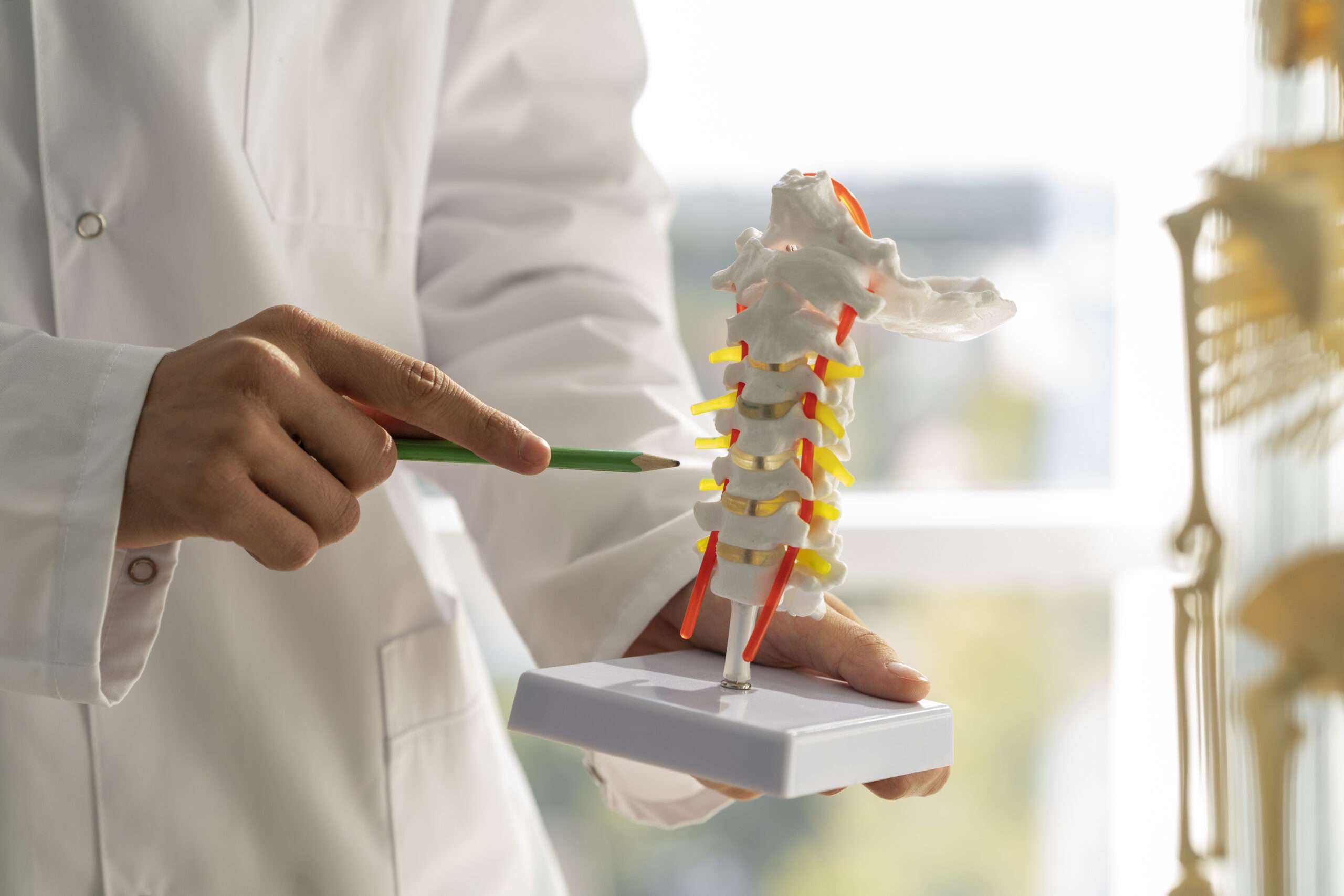Twenty years after a spinal fusion, patients often find themselves reflecting on their recovery. They also think about the surgery’s long-term effects. They include persistent pain. Also, the challenges faced, lifestyle changes, advances in spinal care tech, and the effect on life expectancy.
Dr. Gurneet Sawhney, one of the best neurosurgeons in Mumbai, offers valuable insights into what life looks like two decades post-operation.
Pain 20 Years After Spinal Fusion
If two decades have passed since undergoing spinal fusion, it is common for patients to report new or lingering pain. Adjacent Segment Disease (ASD) can occur following spinal fusion, placing stress on the vertebrae nearby, potentially causing damage. Determining whether the pain originates from the spine or the muscles is crucial, as the treatments for each differ significantly. Accurate diagnosis ensures patients receive the most effective treatment tailored to their specific type of pain.

Challenges Faced 20 Years After Spinal Fusion Surgery
Patients who have undergone spinal fusion surgery can encounter a range of challenges, even years after the procedure. These challenges often require a comprehensive approach to manage effectively:
- Reduced Flexibility: The fusion of spine segments can limit spinal flexibility, affecting mobility and daily activities.
- Potential Nerve Damage: There’s a risk of nerve damage either from the original spinal condition or the surgery itself. This can lead to symptoms like pain, numbness, or weakness.
- Chronic Pain Causes: Ongoing pain from spinal fusion can result from factors related to the spine or nearby muscles and tissues.
- Psychological Effects: Living with chronic pain or mobility issues can lead to notable psychological impacts such as depression or anxiety.
- Multidisciplinary Approach: Effectively managing these challenges requires a team approach. This involves doing exercises to make your body stronger and more flexible. It also includes using methods to manage pain. Additionally, getting help for your feelings is part of dealing with the emotions that come with long-lasting pain and disability
Struggling with pain 20 years after spinal fusion? Contact Dr. Gurneet Singh Sawhney for specialized pain management strategies. Book your consultation now.

What Exercises to Avoid After Spinal Fusion Surgery?
The following are the exercises to avoid after spinal fusion operation:
- High-Impact Exercises: Activities like running, jumping, or other high-impact sports can jolt the spine, potentially causing harm
- Twisting Motions: Exercises involving twisting of the spine can put excessive strain on the fused area.
- Heavy Lifting: Lifting heavy objects can put a significant strain on the spine and should be avoided to prevent injury.
- Excessive Spinal Flexion: This involves bending the spine forward. An example of this would be weighted decline sit-ups.
- Certain Yoga Poses: If you’ve had surgery on the cervical spine (vertebrae at the base of the skull), headstands, shoulder stands, and the “plow” pose should be avoided.
- Backbends and Forward Bends: These should be approached with expert guidance.
During the recovery process, navigating what exercises to avoid can be tricky. Modern technology can help you stick to the safe path and maximize your recovery. Let’s look at some of the advanced technologies for spinal fusion!
Advancement in Technology
In the past twenty years, spinal surgery has seen remarkable technological advancements. They have improved the efficacy and safety of procedures. These advancements include:

- Minimal Invasive Surgical Techniques, involve smaller incisions. They cause less tissue damage and less pain. Patients recover faster after them.
- Advances in hardware, like screws, rods, and cages, have improved spinal fusions. They have made them more stable and durable, leading to better long-term outcomes.
- Imaging technology has improved. It includes 3D imaging and intraoperative MRI. They give surgeons clearer, more precise views of the spine. This allows for more accurate surgeries.
- Robot-assisted Surgery has brought robotic technology. It has brought a new level of precision to spinal procedures. It aids surgeons in doing complex surgeries more accurately and safely.
- Biologics and synthetic bone grafts have improved bone healing. They are innovations. They reduce the risk of non-union and promote more effective fusion.
- Regenerative Medicine is an emerging field. It includes stem cell therapy and tissue engineering. They show promise in improving spinal fusion and recovery. They could revolutionize future treatments.
Conclusion
Looking back at spinal fusion 20 years later, it’s clear that while the journey may have its challenges, advancements in medical technology have greatly improved patient outcomes. Continuous care and appropriate lifestyle adjustments remain crucial for maintaining a good quality of life post-surgery. You can talk to the top spinal physicians in Mumbai Dr. Gurneet Singh Sawhney. He can find the cause of pain 20 years after spinal fusion and can give more treatment instructions.
Rediscover your Spine Health with Dr. Gurneet Sawhney. Benefit from 20 years of spinal fusion expertise. Know more!
FAQ
Is there an age limit for spinal surgery?
There’s no strict age limit for spinal surgery. Suitability depends on the patient’s health. It also depends on the severity of symptoms and the benefits versus risks of the surgery.
Why does my back hurt 20 years after spinal fusion?
Pain 20 years after spinal fusion could be due to adjacent segment disease or scar tissue. It could also stem from hardware issues or non-spinal causes like muscle strain.
What are the chances of needing additional surgery or interventions 20 years post-spinal fusion?
The need for additional surgery varies by person. It depends on factors like how well the first surgery went, lifestyle, and new spinal issues.
Can I expect any deterioration in mobility or function two decades after spinal fusion surgery?
Aging and stress on nearby spinal segments can reduce mobility. But, the effect varies among people.
